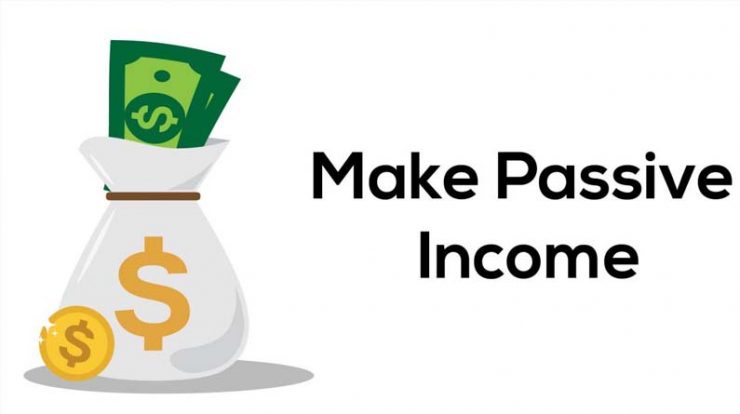
Unlike active income, such as money gained from working at a job or as a contractor, passive income requires little or no daily effort to retain.
You can get passive income by investing in specific financial products or developing enterprises that generate revenue without requiring regular labour after an initial investment. The taxes you’ll pay on passive income may differ based on where the money came from, so keep meticulous records of your profits.
The following are a few of the most prevalent techniques for investors to generate passive income.
1. Dividend-paying stocks
Investing in dividend stocks, which distribute a portion of a company’s earnings to investors on a regular basis, such as quarterly, is one approach to generating an income stream. The greatest ones boost their dividend over time, allowing you to increase your future earnings. Dividend equities are less volatile than growth stocks, which helps diversify your portfolio. Dividends can also be reinvested by investors (learn more about dividends and how they work).
2. Dividend-paying index funds and exchange-traded products
Rather than picking and choosing specific stocks to buy, you can invest in index funds or exchange-traded funds that hold dividend stocks. This is a type of passive investing for people who want a more hands-off approach to investing. Index funds invest in a diverse range of companies with the goal of replicating the performance of a specific index, such as the S&P 500. A dividend index fund will invest in a group of dividend-paying equities. Because market fluctuations are less volatile across an index compared to individual stocks, index funds can help balance portfolio risk. Dividend ETFs combine the diversification benefits of index funds with the convenience of equity trading. If you don’t already have one, you’ll need to open one to invest in dividend stocks, index funds, ETFs, and other publicly traded assets.
3. Bonds and bond index funds are the third option.
Bonds are a mechanism for investors to lend money to enterprises as well as federal, state, and municipal governments and get interest income instead of buying shares in the company. Bonds are regarded as a safer investment than stocks, although they often yield a lower return. For example, government bonds achieved a compound annual return of 5.5 percent from 1926 to 2017. A significant stock index gained 10.2 percent during the same time period, according to Morningstar analysis.
Experts recommend putting a portion of your portfolio in bonds because of their reduced volatility and relative safety when compared to equities, and increasing your bond ratio as you get closer to retirement.
4. Savings accounts with high yields
A high-yield online savings account, which might be great for increasing your emergency fund, is another way to make passive income (although at a lower level than equities and bonds). Savings account interest is credited to your account balance. High-yield accounts are a form of federally insured savings account that pays substantially greater interest than the national average. The annual percentage yield (APY) of these high-yield accounts may vary significantly, but little variances add up to real money over time, so it pays to browse around for where you deposit your money.
5. Investment properties
Another strategy to generate passive income is to purchase rental properties. Long-term rentals can be a solid source of income if they are located in a strong rental market, but they also come with long-term stressors such as property maintenance, multiple mortgages, property tax payments, and other expenses.You might alternatively concentrate on short-term rentals via a company like Airbnb, which is reliant on a regular stream of visitors to your area. Alternatively, start small by renting out a room in your home to fund your rental property empire.
6. Peer-to-peer lending is a type of peer-to-peer lending.
Real estate investments are long-term investments that can provide you with a steady stream of income. Peer-to-peer lending is a strategy to consider if you wish to generate money and cash out your investment in less than five years. Peer-to-peer lenders, such as Prosper and Lending Club, provide an alternative to traditional bank loans by matching investors ready to lend money with borrowers who have been screened for creditworthiness by the platforms. It’s riskier than placing money in a high-yield savings account or money market fund, but it might produce higher returns – up to 5% or more.
7. Venture capital
Another typical kind of passive income is sponsored by a private firm you believe has the potential to generate future income. This is perhaps the original form of peer-to-peer lending. Private equity funds, which are normally only available to accredited investors who meet certain net worth or income requirements, may be an option for high-net-worth individuals. Another option is to help a family member, friend, or other trustworthy partner fund their firm in exchange for a share of any future profits. But beware: investing in a single firm, no matter how big or tiny, is fundamentally a dangerous, long-term commitment. Never put more money into something than you can afford to lose.






